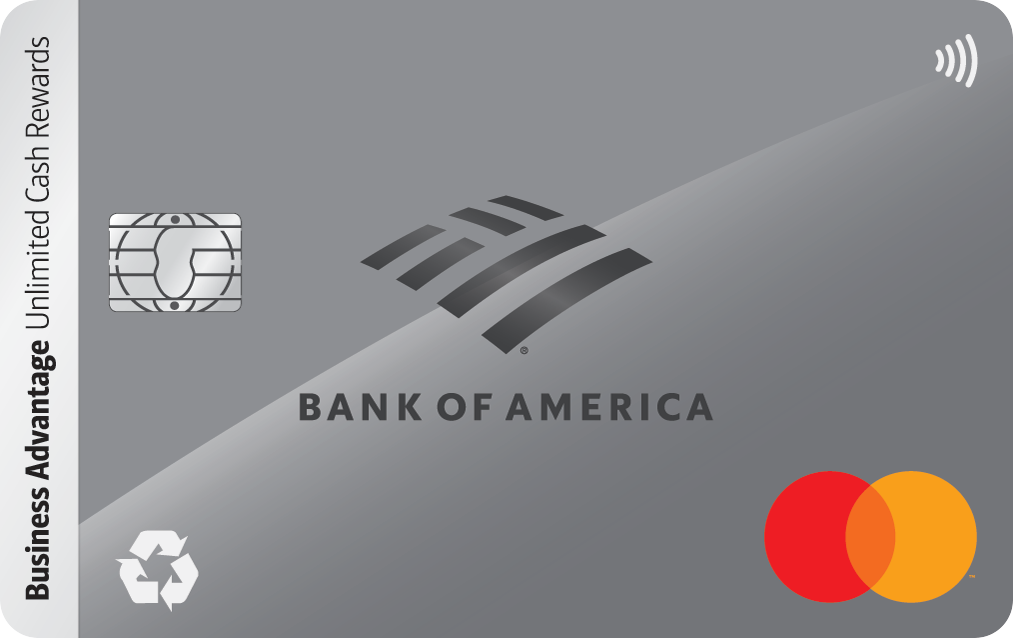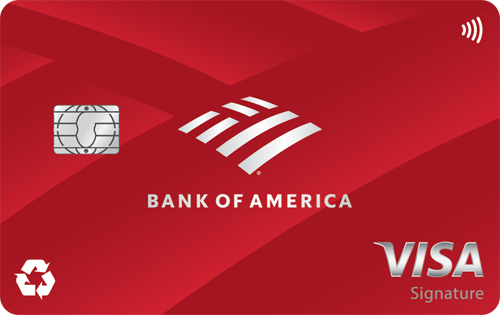Here's What Actually Happens When Your Bank Freezes Your Account

Image source: Getty Images
It usually hits out of nowhere. A declined card, an app that won't load, and a balance you suddenly can't touch.
A frozen account feels personal, but it's almost always a routine security step. Banks lock accounts to protect themselves and to protect you, and the process is more predictable than it seems.
Why banks freeze accounts
Most freezes come down to a few triggers:
- Suspicious activity. Unusual transactions, sudden transfers, or anything that looks like fraud.
- Legal orders. Courts can require a bank to lock funds because of debts, tax issues, or child-support judgments.
- Verification issues. Outdated IDs, mismatched information, or missing documents.
- Compliance requirements. Banks must pause accounts if something conflicts with anti-money-laundering rules.
A freeze doesn't mean you did anything wrong. It means the system flagged something and the bank has to review it.
What a freeze actually does to your account
A freeze doesn't remove your money. It just blocks anything that moves funds out. Withdrawals, transfers, and bill payments stop. Even recurring subscriptions fail. Deposits often still arrive, which makes the situation feel even stranger because the account looks active even though you can't use it.
The whole point is to pause activity until the bank can confirm everything is legitimate.
It's smart to keep your money in more than one account, but make sure at least one of them is a high-yield savings account earning more than 10 times the national average. Check out our list of the top high-yield savings accounts available now.
How banks decide when to unfreeze it
After an account is locked, the bank reviews the activity that triggered the freeze. Fraud teams check recent transactions. Compliance teams verify large deposits or transfers. Customer service reps confirm your identity or ask for updated documents. If the freeze came from a court order, the bank can't lift it at all until the agency behind it gives the green light.
Most of the time, once you verify a few details, the account is unlocked fairly quickly.
What to do when it happens
The fastest path is a phone call. Chat and email often route you to general support, but phone agents are more likely to be the group that actually clears freezes. Expect to confirm recent transactions, upload ID, or update your information. If the freeze is legal, your bank will tell you which agency you need to contact next.
Security-related freezes usually clear within hours. Legal freezes take longer because the bank doesn't control the timeline.
How to prevent another freeze
You can't avoid every freeze, but you can reduce the odds.
- Keep your address and ID current.
- Turn on travel notifications so unusual location changes don't look like fraud.
- Spread out large transfers instead of moving a big chunk all at once.
- Use two-factor authentication to prevent login attempts that might trigger a lock.
A simple backup plan goes a long way
A frozen account becomes a real problem if it's your only account. Keeping a small secondary checking account at another bank gives you access to cash while things get sorted out. A high-yield savings account can also help since transfers from those accounts typically move quickly. Having a credit card with available credit is another useful buffer.
If you need a safe place to keep savings while earning more, compare some of the best high-yield savings accounts available today.
Our Research Expert



